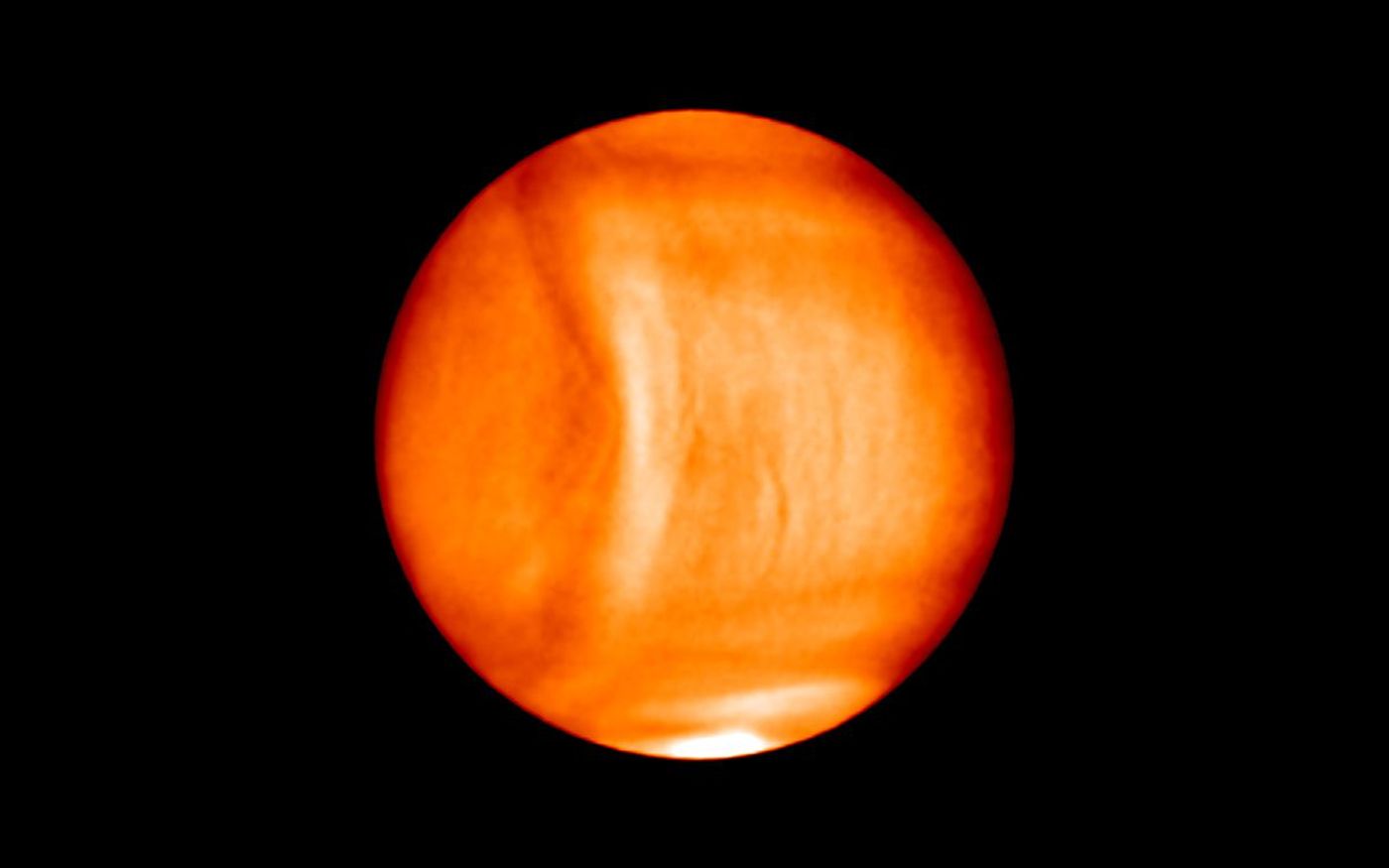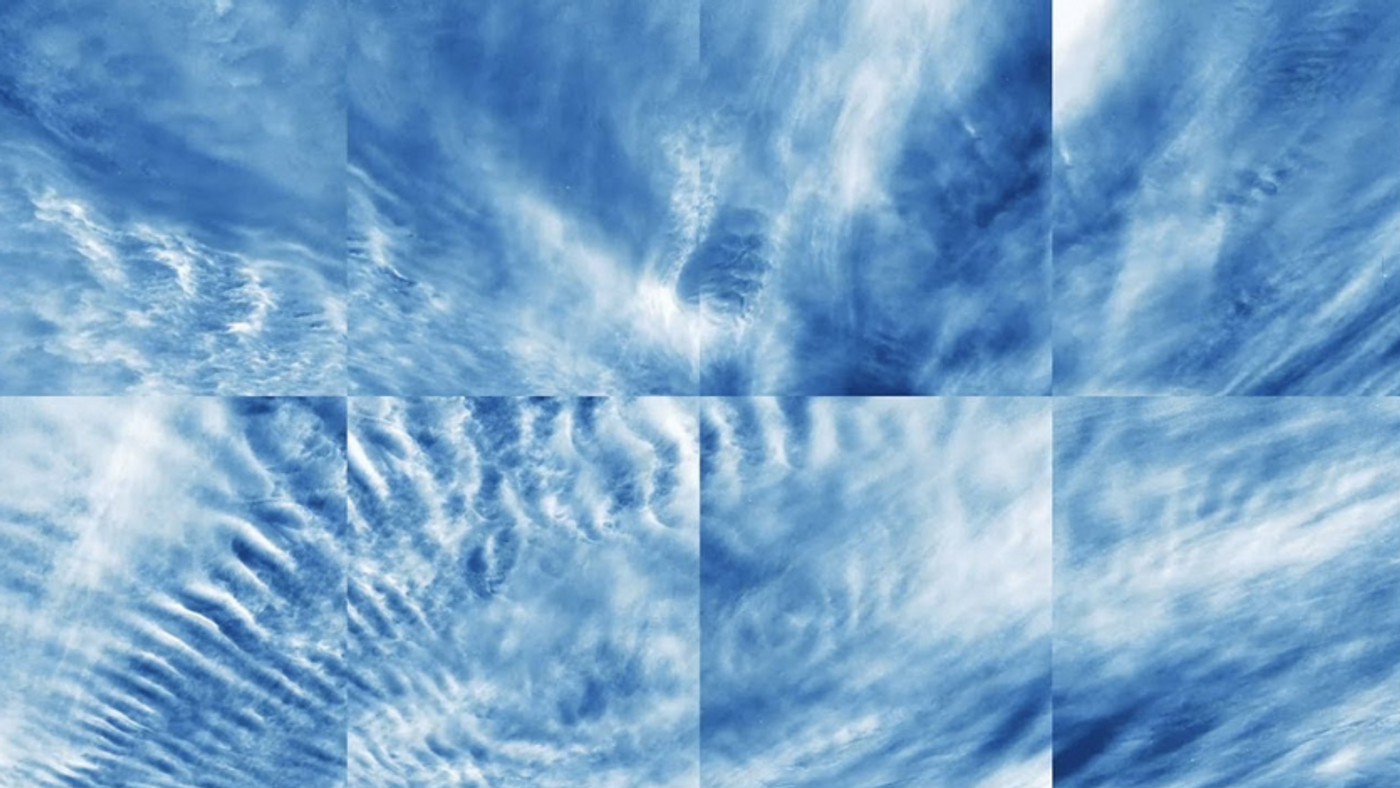Electric Blue Clouds Seen by NASA's Balloon Mission in the Arctic
In a recent press release, NASA reported that when traveling across the arctic circle its long duration balloon mission, known as the PMC Turbo mission, has captured thousands of images of clouds with an electric blue hue.
The giant, autonomous balloon took off from Sweden and touched down in Canada, traveling non-stop over five days at the altitude of 50 miles (80 kilometers). It carried seven specially designed imaging systems that are designed to observe the clouds, each including a high-resolution camera, a computer control and communications system, and a large data storage device. With the 6 million high-resolution images captured, the NASA researchers hoped to gather information and learn more about how energy transfers through the atmosphere's layers.
These distinctly looking, electric blue clouds are officially known as polar mesospheric clouds, or PMCs. They are formed by the merging of ice crystals on tiny meteor remnants in Earth's upper atmosphere (mesosphere) and can be observed during the summer sunset above Earth's poles.
The rippling pattern of these clouds is the result of the wave-like movement of air in the upper atmosphere, a phenomenon called atmospheric gravity waves. Don't to be confused with the gravitational waves though, which are the ripples of space-time fabric, predicted by Albert Einstein's theory of general relativity.
Any object with mass creates a dent in space-time like a bowling ball on a trampoline; the close contact of two super-massive bodies can send an oscillatory shockwave across the universe. The first-ever detection of gravitational waves in 2016 helped scientists study the merger of two massive black holes.
Atmospheric gravity waves are oscillations of air when gravity tries to restore equilibrium after the occurrence of an airflow disruption, for example, caused by the collision of atmospheric layers or mountain ranges.

In the NASA released statement, Dave Fritts, principal investigator of the PMC Turbo mission said: "From what we've seen so far, we expect to have a really spectacular data set from this mission. Our cameras were likely able to capture some really interesting events, and we hope [the photos] will provide new insights into these complex dynamics."
The research chief also noted that it was the first time for anyone to visualize the flow of energy from gravity waves, large and small, in great details. By studying how turbulence works in the upper atmosphere, scientists can potentially get some hints on the dynamics of fluid systems on other planets.
Rare Electric Blue Clouds Observed by NASA Balloon (NASA)
Source: Space.com









